Using a Soviet-era Helios Lens with a Fuji X-T20
• public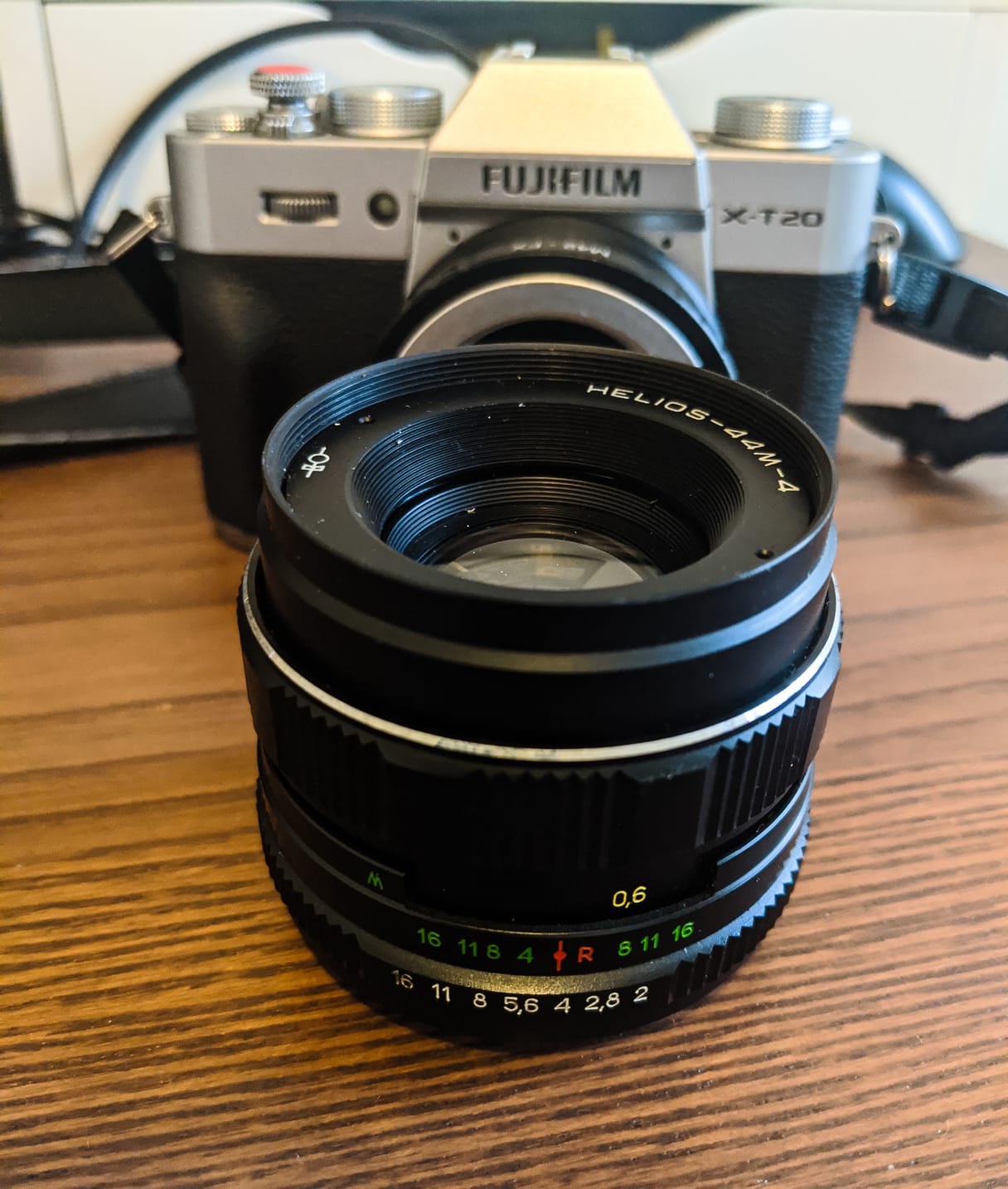
Apparently you can fit pretty much any old film lens to a Fuji X-series camera, given the right adapter. This is an inexpensive way to try out retro glass on a modern mirrorless body - so thought I'd give it a go with a Helios 44M-4.
You can pick up one of these lenses quite cheaply by itself, but I found buying it as part of a kit is only marginally more expensive. For £37 on eBay I got a Zenit 12XP + lens, still in it's original packaging!
Zenit began as a Soviet camera manufactuer in the 1950s, and mass-produced a huge number 35mm SLRs. The 12XP was one of the most popular, and you'll often find it with a Helios 44M-'x' lens.
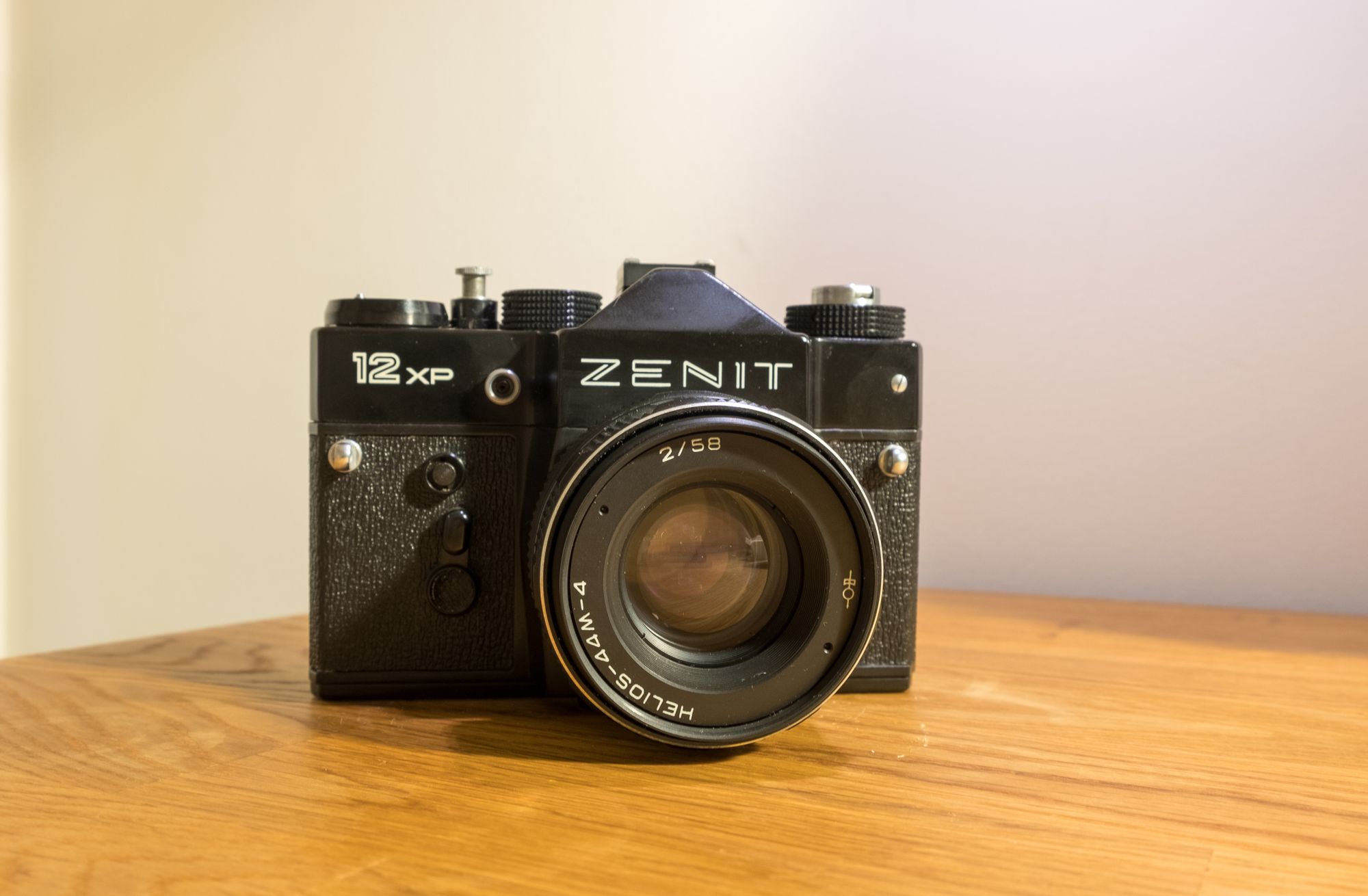
Attaching The Lens To Fuji X
To use a retro lens with a Fuji X camera you'll need an adapter - for the Helios 58mm it's the M42 mount. You can get similar adapters for Sony, Nikon etc. too.
Once the lens is attached to my beloved X-T20, the whole thing its quite big - the adapter alone adds a few centimetres of depth.
I also found that the orientation of the adapter meant that the focus and aperture markings were facing at a slight angle - you should be able to see what I mean from the picture below.
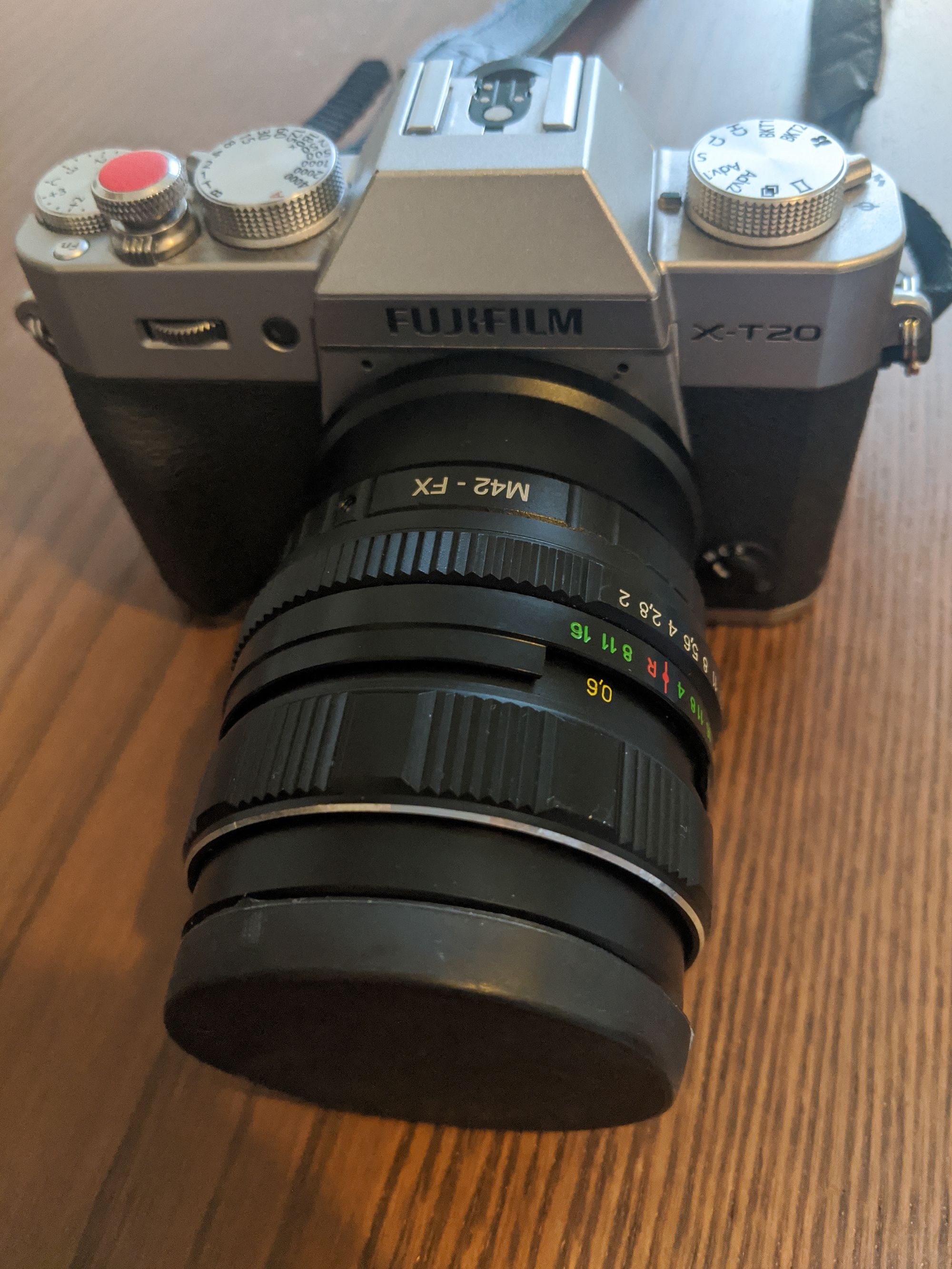
Trying It In The Wild
Armed with the Helios-on-Fuji I set out to take some pictures around London.
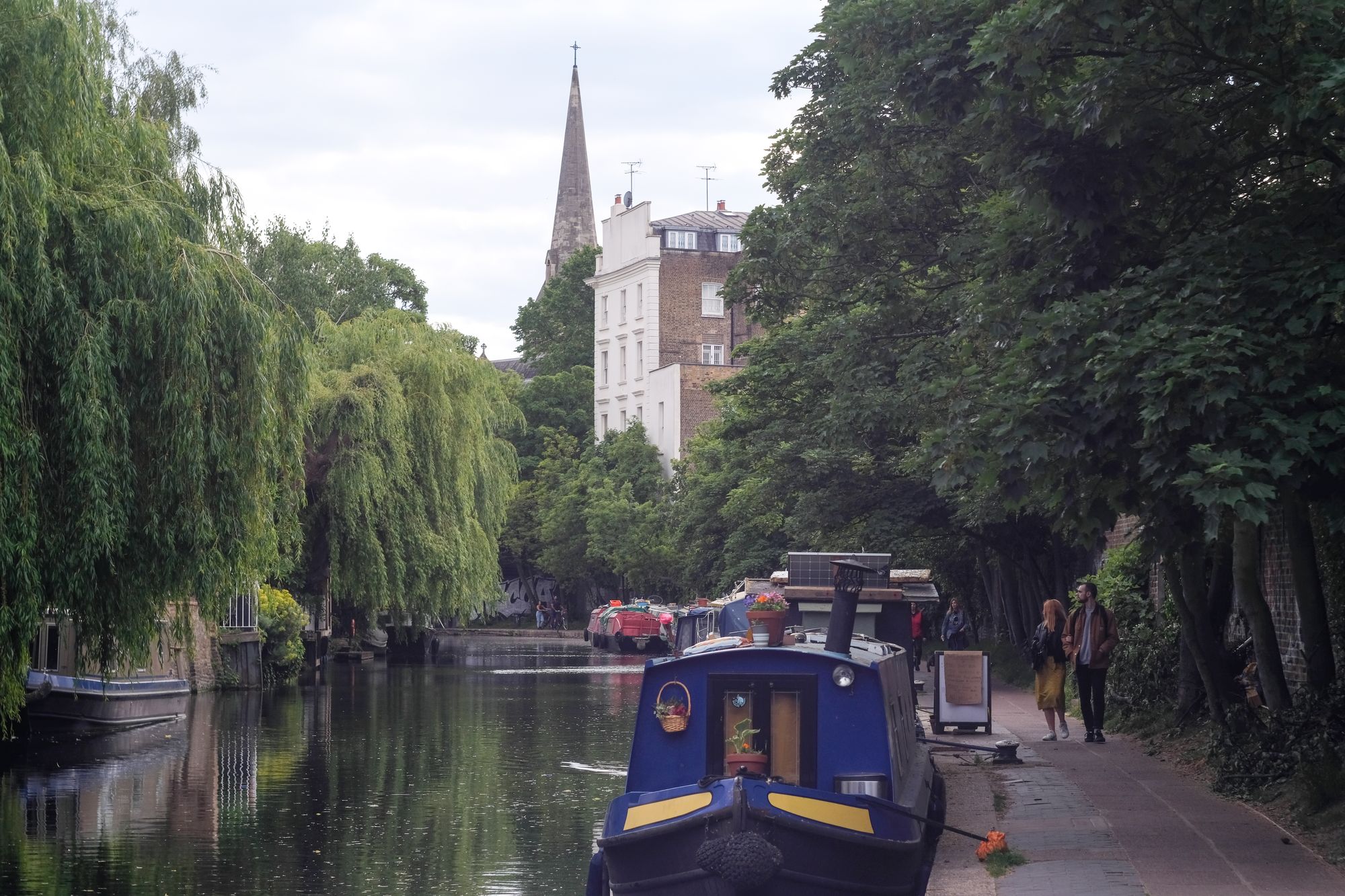
After just a few shots I was impressed with the quality. I'd heard that these lenses could produce some great images, and I you can see the results for yourself.
There's a film-like quality to the picture above - it's got an imperfect character that you won't find with modern lenses.
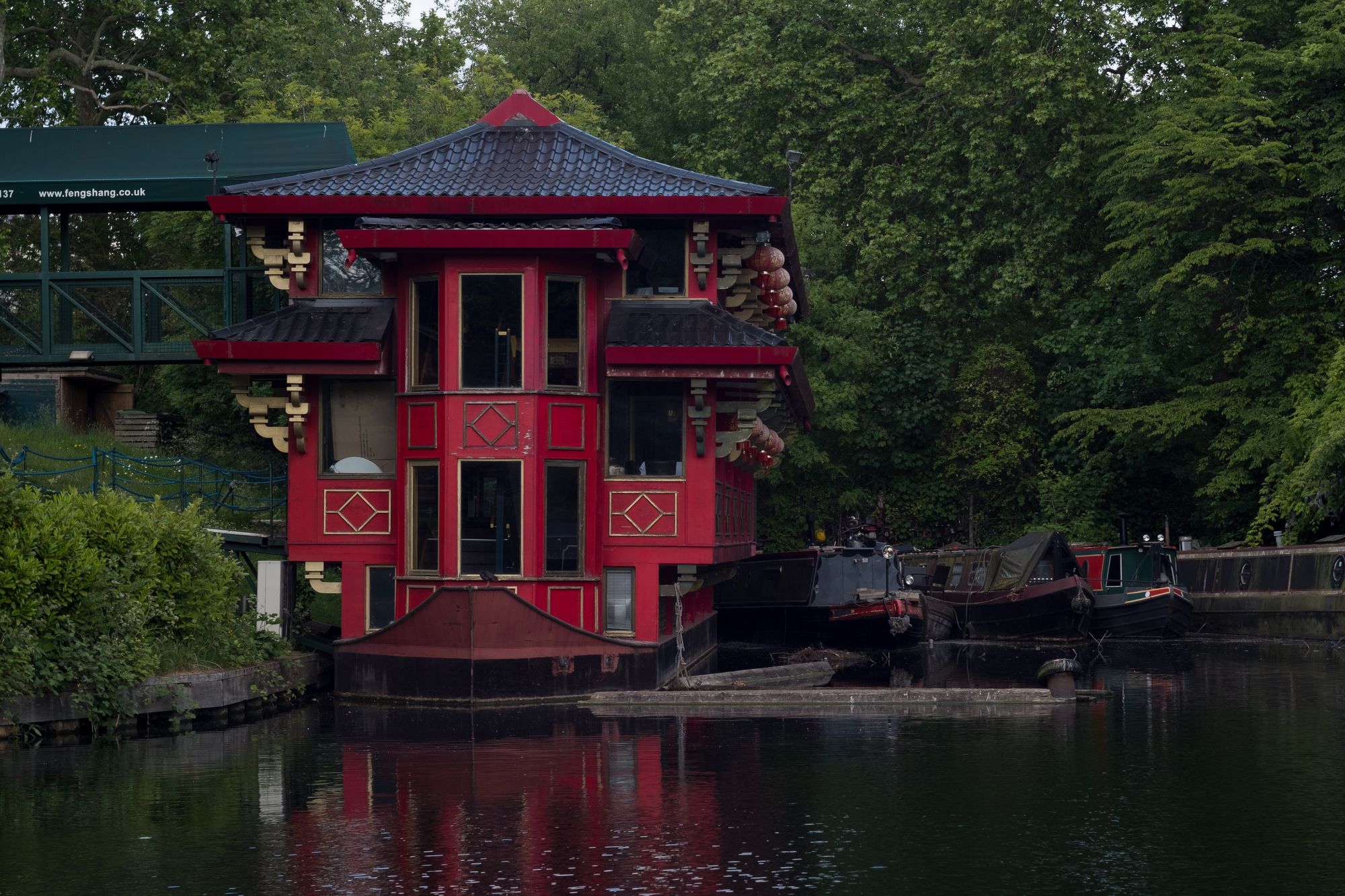
I noticed that reds really tend to stand out with this lens.
There are quite a few variations of the Helios 44 - the 44M-1, 44M-2 etc. I have the 44M-4 which was made in the 1980s and apparently has some of the best image quality of the range.
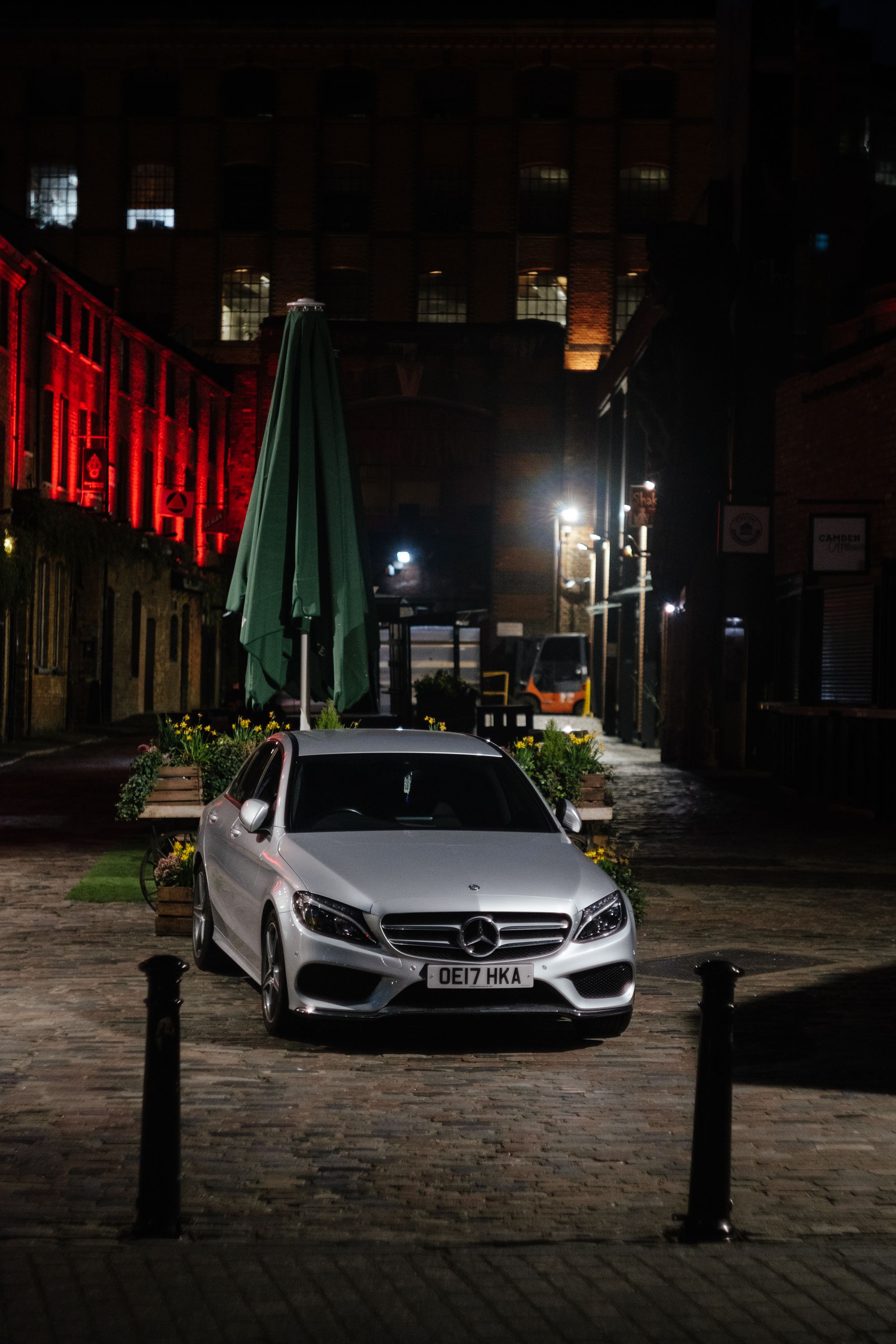
The Helios does pretty well in low-light too. I took this one at about f4 and increased the exposure only a little in Lightroom.
Especially when the lens is open between f2 - f4, there is a fair amount of distortion at the edge of the image. You can see this alot on the bike wheels on the left.
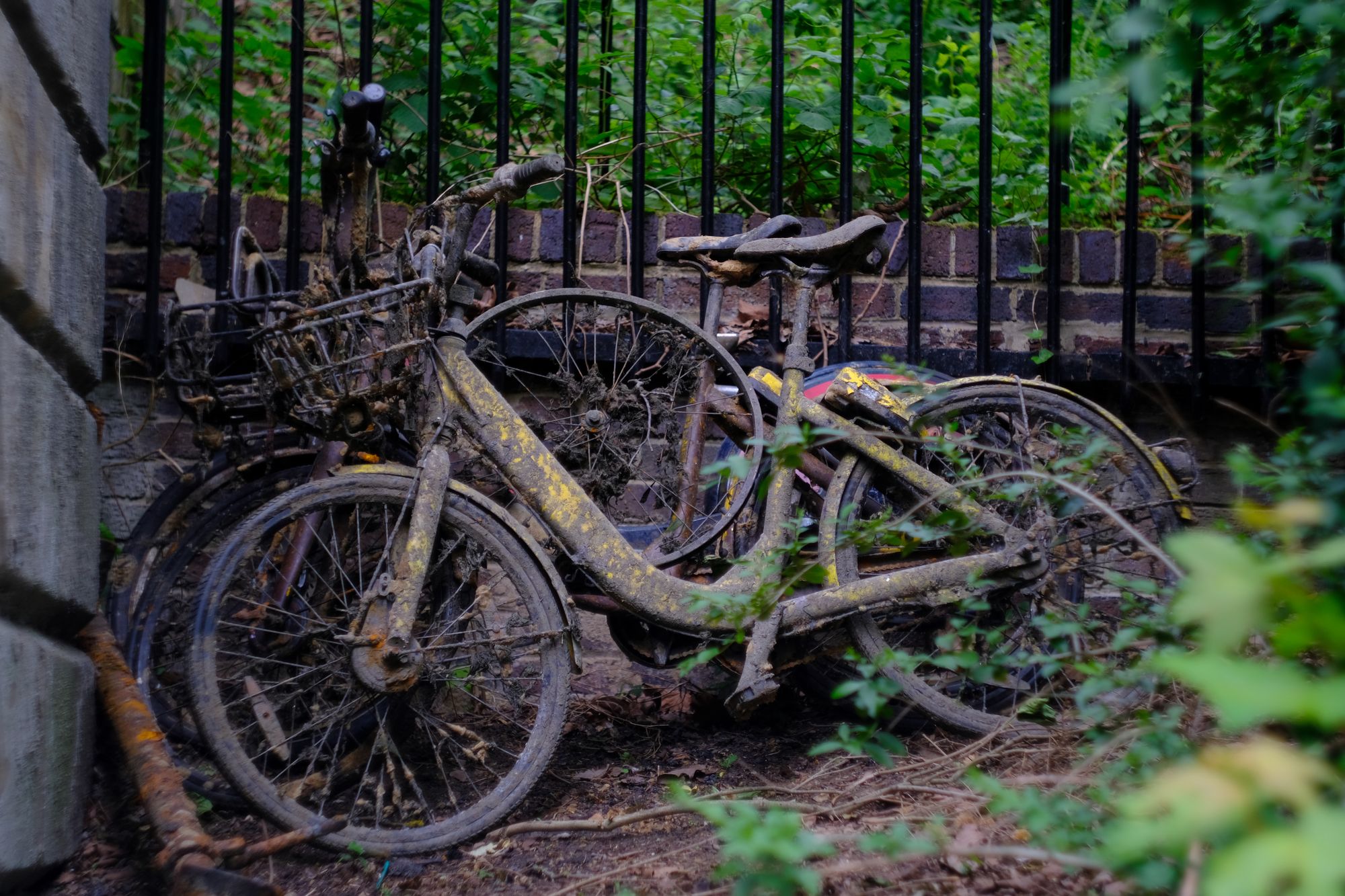
Helios lenses from this era are also famed for their bokeh - the quality of their blur. In the background of these shots you can see a distinctive hazy swirl pattern.

For a point of comparison, below is a similar shot with my Fujinon 35mm 1.4. Part of the difference is down to my ability to focus manually. That's the other thing you'll have to get used to with a lens like this: there's no chip inside for autofocus or image stabilisation.
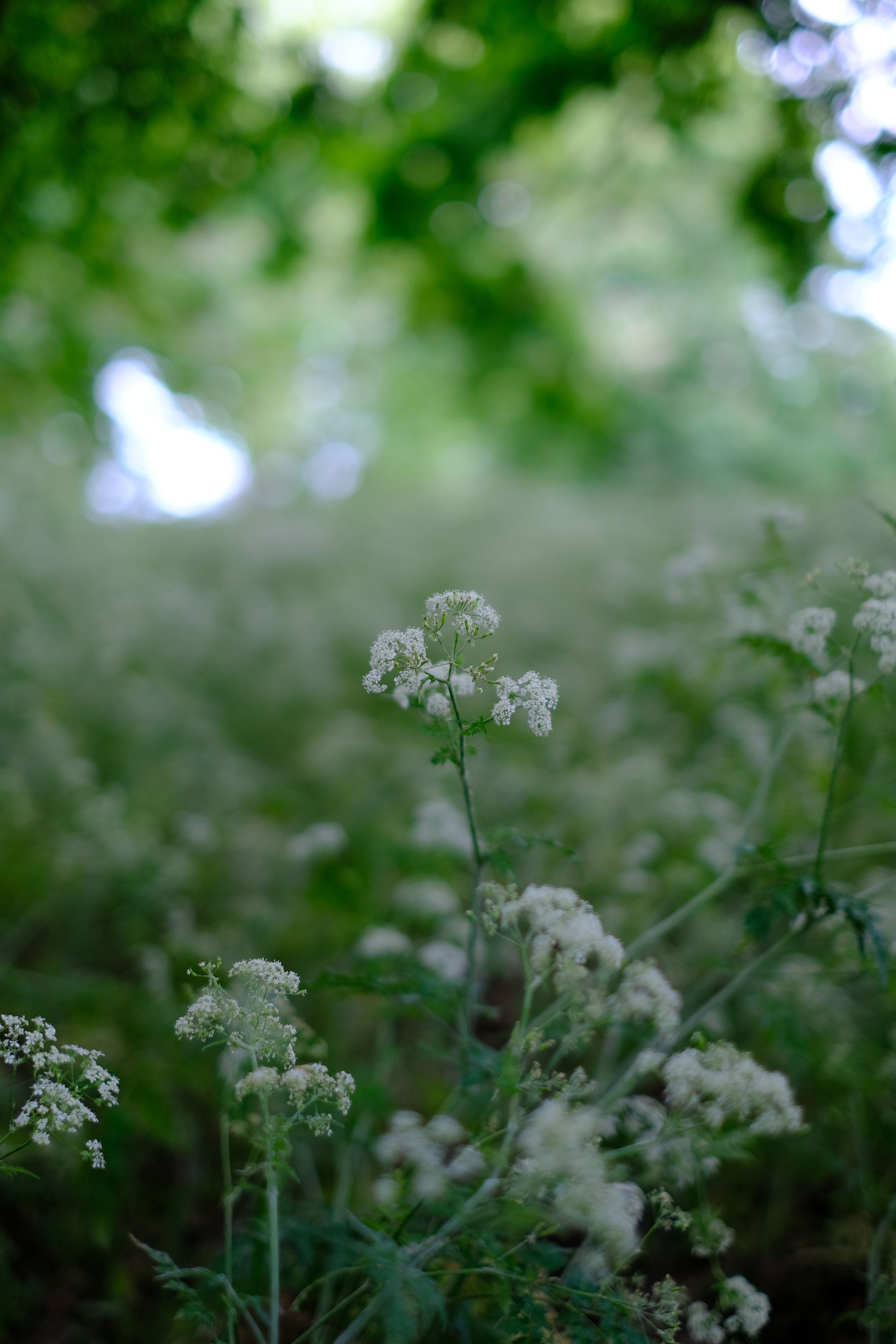
Again, in this picture of a boat you can see that the centre of the image is really sharp, but the trees and towpath look pretty smudgy. But for how cheap this lens is it handles really well and is fun to shoot with too.
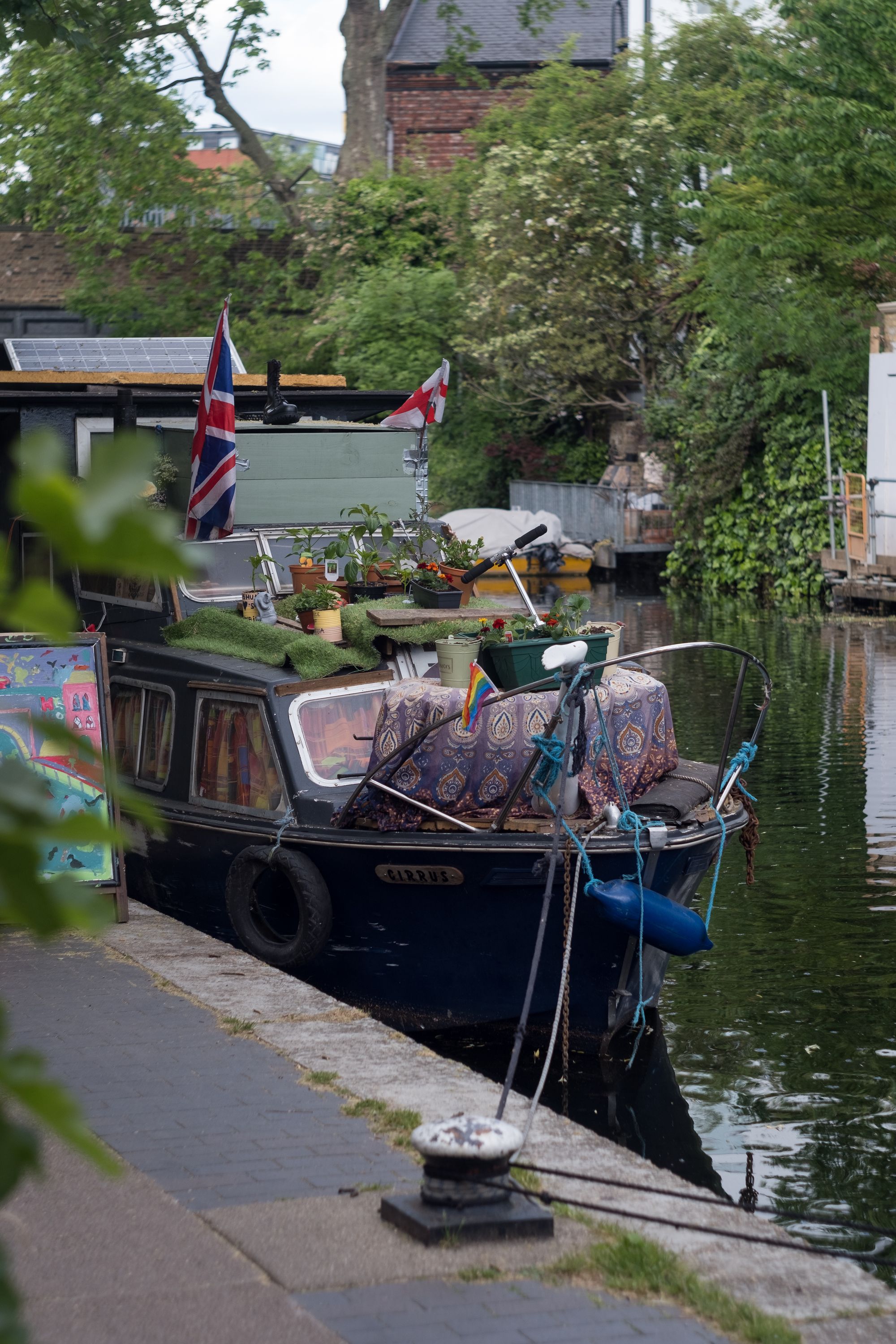
I also took some shots with the Zenit body and a film, I've uploaded those here if you're interested.